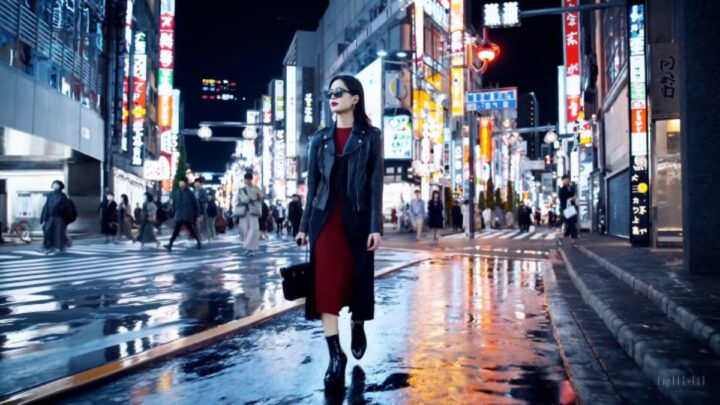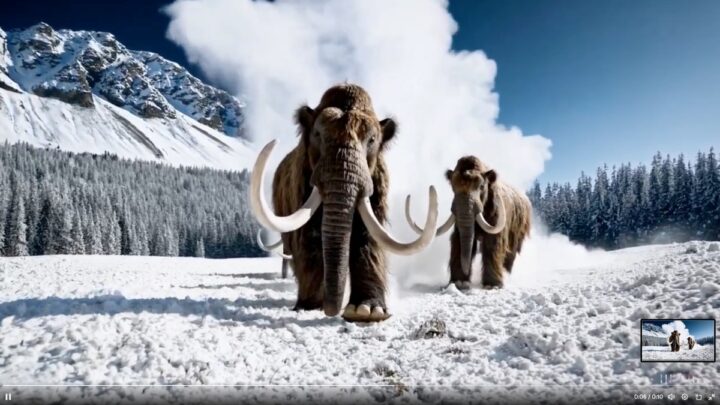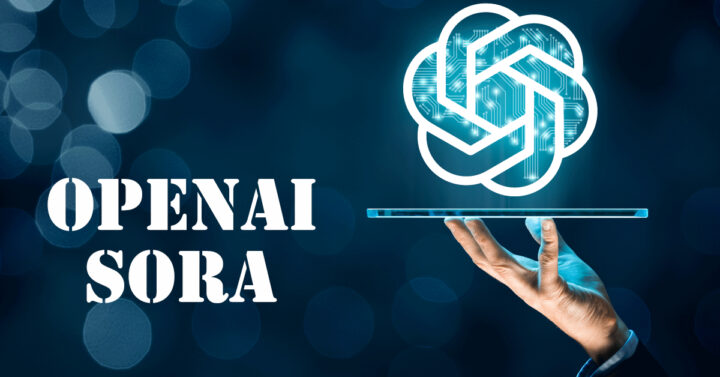OpenAI, the developing research organization behind the famous ChatGPT, has announced a breakthrough in productive artificial intelligence with the introduction of Sora, a cutting-edge text-to-video generator. This revolutionary tool is poised to redefine content creation by transforming written prompts into vibrant short videos.
While not the first of its kind, with Google, Meta, and startup Runway ML showing similar technologies, Sora’s high-quality video output has fascinated and stunned the tech community. The announcement was accompanied by a series of live demonstrations, which were produced through social media calls to action. These demonstrations effectively displayed the tool’s advanced features, highlighting its capacity to facilitate creative uses.

Although Sora is not yet accessible to the public, OpenAI has underlined its commitment to responsible deployment. The organization has conducted extensive internal testing, enrolling red teamers with expertise in misinformation, hateful content, and bias to precisely assess the tool. Additionally, OpenAI is developing a detection classifier to identify content generated by Sora, managing potential concerns surrounding misleading content.
Sam Altman, CEO of OpenAI calls for ideas on written prompts from social media users. Which has both amazed viewers and sparked concerns about the ethical and societal consequences.
OpenAI’s prudent approach includes cooperating with a diverse group of stakeholders, including artists, policymakers, and experts, to understand the community implications of Sora before its public release. The company has acknowledged the ethical considerations inherent to powerful AI tools and proactively seeks to establish responsible usage protocols.
The beginning of Sora marks a transformative moment in digital content creation, offering an exceptional blend of simplicity and sophistication in video generation. OpenAI’s dedication to ethical AI development and societal engagement signals a forward-thinking approach to this new frontier.
Know more about Sora:
Curious about how it works and what are its capabilities? We’ve got you covered!
OpenAI has ushered in a new era of AI-driven content creation with the introduction of Sora, an advanced AI model capable of producing photorealistic videos up to one minute long from simple text prompts. This innovative tool represents a quantum leap in the realm of digital storytelling, allowing for the generation of rich, imaginative scenes that were previously the domain of skilled human creators.

Sora’s proficiency lies in its ability to generate videos that are not only realistic but also filled with creative flair. It can depict nuanced scenarios, such as a fashionable individual navigating the vibrant, neon-lit streets of Tokyo, complete with complex details and authentic emotional expressions.
One of the standout features of Sora is its comprehension of physical dynamics and the correct interpretation of props, ensuring that the generated content adheres to the laws of physics, thereby enhancing the realism of the videos. Moreover, Sora’s versatility extends to working with pre-existing video content, capable of animating still images, filling in missing frames, or expanding the length of videos with remarkable fluidity.

The introduction of Sora by OpenAI represents a significant milestone for professionals in creative industries, providing a tool that not only revolutionizes the construction of narratives but also notably cuts down the time and resources needed for video production. Whether it’s for entertainment, marketing, or educational purposes, Sora’s potential to transform the landscape of visual content is immense, promising a future where AI and human creativity converge to unlock new horizons in storytelling.
As anticipation builds for Sora’s public availability, OpenAI stands at the forefront of AI innovation, charting a path for a future where AI and human creativity converge.
















